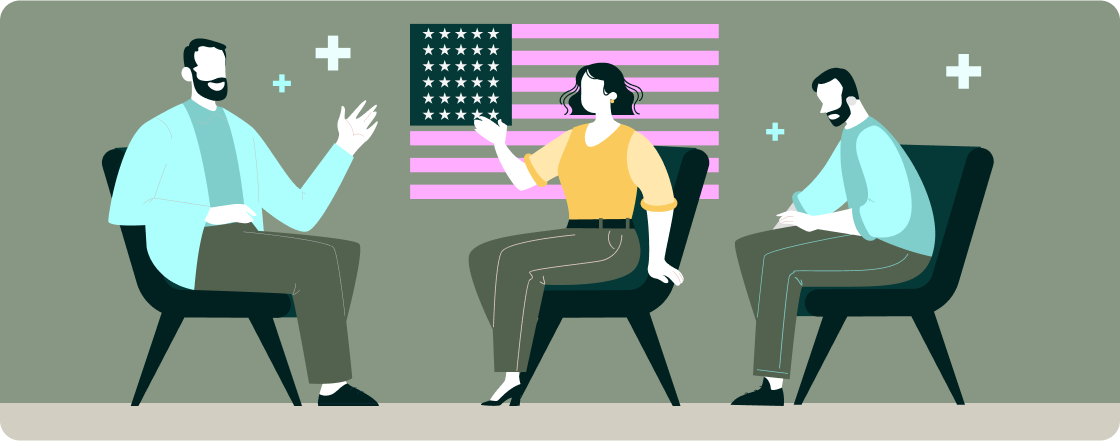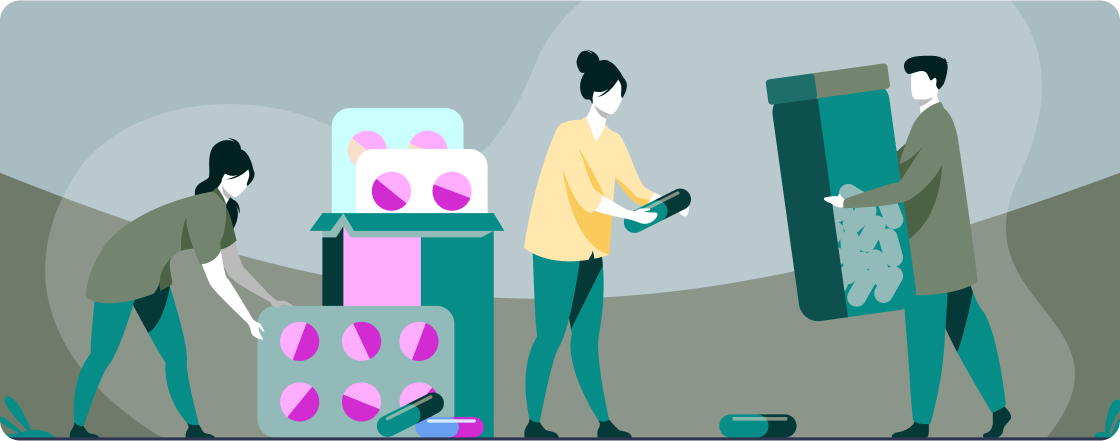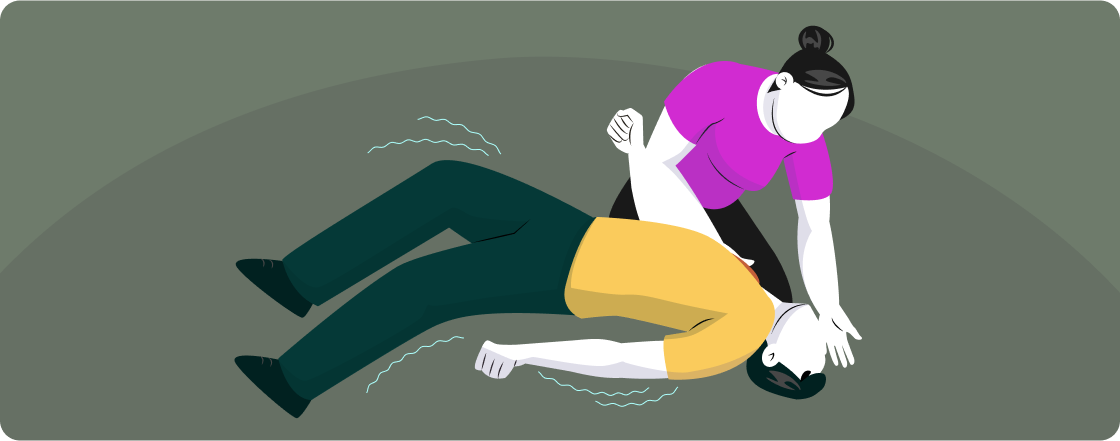
How Do I Know If I Have an Addiction?
Addiction can be difficult to recognize, especially in its early stages. It’s a condition that gradually takes over, affecting your physical and mental health, relationships, and day-to-day functioning. According to the American Society of Addiction Medicine (ASAM), addiction is a chronic brain disorder that involves compulsive substance use despite harmful consequences. Understanding the signs of addiction is the first step in getting help.
Here are some key indicators to help determine if you or a loved one may be struggling with addiction:
1. Loss of Control Over Substance Use
A hallmark sign of addiction is the inability to stop using a substance, even when you genuinely want to. You may have tried to quit multiple times but find yourself returning to the substance. This loss of control happens because addiction rewires the brain’s reward system, making it incredibly difficult to resist urges.
The National Institute on Drug Abuse (NIDA) emphasizes that the compulsive nature of addiction often leads people to use more frequently and in larger amounts than they intended. If you find yourself continuing to use despite the desire to quit, this could be a clear sign of addiction.


2. Building Tolerance and Needing More to Feel the Effects
When your body builds a tolerance to a substance, it means you need more of it to achieve the same effect. This is one of the early physical signs of addiction. For example, what used to be a single drink or a low dose of a drug may no longer provide the same high or relief. This escalation can lead to higher dosages, increasing the risk of overdose or severe health complications.
NIDA notes that tolerance develops as the brain adjusts to regular drug use, requiring higher doses to stimulate the same level of pleasure or relief.

3. Experiencing Withdrawal Symptoms
Physical dependence often comes with withdrawal symptoms when the substance begins to leave your system. These symptoms can range from mild discomfort, such as headaches or irritability, to severe reactions like nausea, vomiting, shaking, and anxiety. The presence of withdrawal symptoms indicates that your body has become dependent on the substance to function normally.
Withdrawal symptoms are a key factor in diagnosing addiction, as they indicate that the body has adapted to the drug’s presence and now requires it to maintain balance.

4. Prioritizing Substance Use Over Other Activities
When substance use starts to take priority over other important areas of your life—such as work, family, hobbies, or social activities—it could be a sign of addiction. You might find yourself skipping activities you once enjoyed or neglecting responsibilities in favor of getting or using drugs.


5. Using Despite Negative Consequences
Addiction is often marked by continued use despite the negative effects it’s having on your life. Whether it’s health problems, deteriorating relationships, or legal issues, you might still find it difficult to stop using the substance. This is because addiction overrides logical decision-making and prioritizes the immediate relief or high over long-term well-being.
The American Psychiatric Association (APA) outlines this behavior in the Diagnostic and Statistical Manual of Mental Disorders, noting that continued use in the face of serious consequences is a strong indicator of addiction.

6. Behavioral and Emotional Changes
Addiction affects more than just physical health—it also changes your behavior and emotional state. You may notice mood swings, increased irritability, or withdrawal from loved ones. Many people struggling with addiction experience anxiety, depression, or heightened stress, which may drive them to use substances as a coping mechanism.
Increased secrecy, lying about substance use, or avoiding people who might confront you about your behavior are all signs of the emotional impact of addiction. According to ASAM, these behavioral changes often stem from the brain’s altered reward system and the need to prioritize drug use.


7. Cravings and Obsession with Using
Another key sign of addiction is spending a lot of time thinking about, planning, and seeking out the substance. Cravings can become all-consuming, making it hard to focus on anything else. This mental obsession with obtaining and using drugs, or thinking about when you’ll use again, can interfere with daily life and responsibilities. Cravings are a core aspect of addiction, driven by the brain’s rewiring that compels individuals to seek substances despite knowing the harm they may cause.

What Can You Do Next?
If you identify with any of these signs, it may be time to seek help. Addiction is a treatable condition, and there are many paths to recovery, including inpatient and outpatient treatment, counseling, and support groups. The earlier you recognize the signs and take action, the better your chances of overcoming the addiction and regaining control over your life.
Remember, addiction is not a moral failing—it’s a medical condition that requires professional support and treatment. If you’re unsure where to start, consider reaching out to a healthcare provider or addiction specialist to discuss your options. With the right help, recovery is possible.





